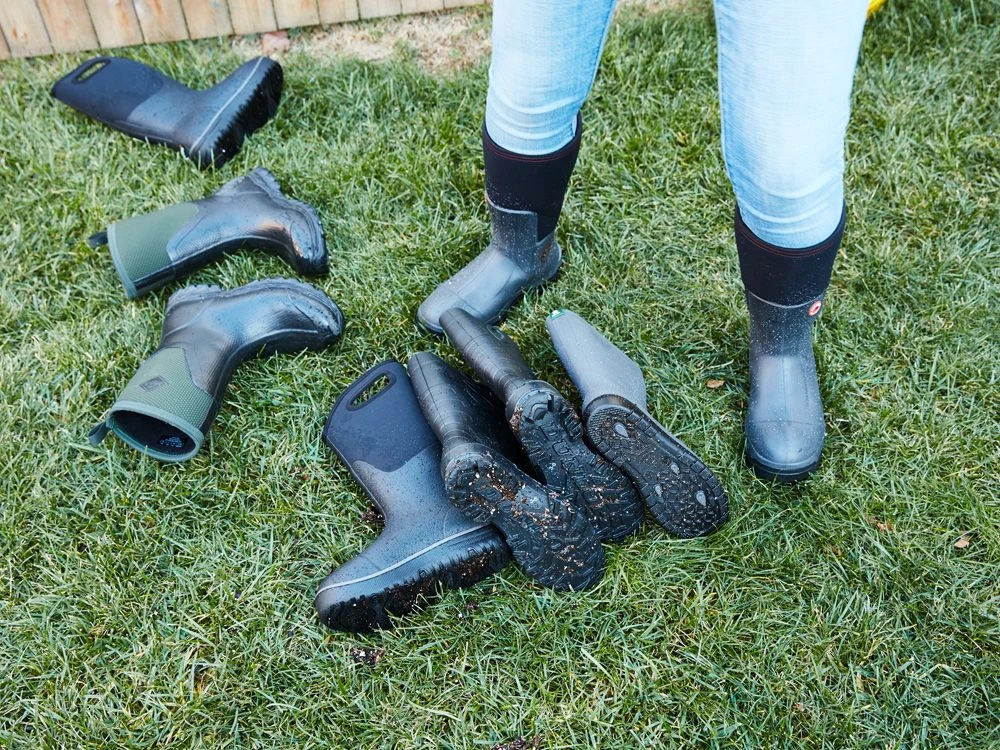Athletic Shoe Materials A Comprehensive Overview
Athletic shoes have become an essential part of modern sportswear and casual fashion. As we have evolved in our understanding of movement, comfort, and performance, so too have the materials used to create these shoes. The choice of materials in athletic footwear influences everything from durability and support to breathability and aesthetic appeal. In this article, we will explore the various materials commonly used in athletic shoes and their specific roles in enhancing performance.
1. Uppers The First Line of Comfort and Support
The upper part of an athletic shoe plays a critical role in comfort and fit. Traditionally, canvas and leather were the go-to materials, but modern advancements have introduced a variety of synthetic options.
- Mesh This lightweight fabric is commonly used for its breathability. Mesh uppers allow for increased air circulation, keeping feet cool during intense activities. Brands increasingly use engineered mesh, which is designed to provide targeted support and can be tailored for specific athletic movements.
- Synthetic Fabrics Synthetic materials like nylon and polyester are often used for their durability and ease of maintenance. These materials can be treated to enhance water resistance and reduce weight, making them popular choices in various athletic shoe models.
- Leather While heavier than synthetic options, leather is sometimes used in performance shoes due to its stretch, breathability, and natural comfort. Premium leather can offer a unique aesthetic and longevity, ideal for lifestyle athletic shoes.
2. Midsole Cushioning and Support
The midsole is crucial for shock absorption and energy return, and it is where technology shines. Foam materials are predominantly used here, with several specific types gaining popularity.
- EVA Foam Ethylene Vinyl Acetate (EVA) is a lightweight material that provides cushioning for the foot. It is flexible and can be engineered to deliver varying densities of support, making it a common choice across many brands.
- PU Foam Polyurethane foam is denser than EVA and more durable, providing long-lasting cushioning. It can support heavier athletes and is often used in models designed for stability and support.
athletic shoe materials

- Advanced Foams Companies are continually innovating, creating proprietary foam blends that offer superior cushioning and responsiveness. For example, Nike uses its ZoomX foam, which is exceptionally lightweight and provides high energy return.
3. Outsole Traction and Durability
The outsole of an athletic shoe is crucial for grip and durability
. Materials vary, with rubber being the most common choice for its resilience and traction.- Rubber Natural and synthetic rubber compounds are often blended to enhance grip and durability. Different tread patterns are designed depending on the intended activity, whether it's running, basketball, or cross-training.
- Carbon Rubber Used in high-wear areas, carbon rubber provides extra durability, particularly for outdoor or rugged terrains.
- Blown Rubber A lighter alternative, blown rubber provides ample cushioning and a softer ride, commonly found in running shoes.
4. Additional Considerations
In recent years, there has been a growing emphasis on sustainability in the production of athletic shoes. Many brands are exploring eco-friendly materials, such as recycled plastics and organic textiles, aiming to reduce their environmental footprint.
Moreover, technology is continuously evolving in shoe design. Smart materials that adapt to the foot's movements or temperature regulation systems are being integrated into newer models, creating an individualized experience for athletes.
Conclusion
The materials used in athletic shoes play a vital role in their overall performance, comfort, and style. As technology continues to advance, we can expect to see further innovations that enhance our athletic experiences. Understanding the materials and their functions allows consumers to make informed choices to support their activities, whether running a marathon or simply enjoying a day at the gym. With a focus on performance and sustainability, the future of athletic shoe materials looks promising.
-
White Rubber Shoes in Retro Fashion TrendsNewsJun.04,2025
-
Safety Wellies with Electrical Hazard ProtectionNewsJun.04,2025
-
Hunting and Fishing Boots for Rocky TerrainsNewsJun.04,2025
-
Eco-friendly Waders Made from Recycled MaterialsNewsJun.04,2025
-
Black Boots Rubber: Durability and Style CombinedNewsJun.04,2025
-
Women’s Waders: Comfortable Designs for All-Day FishingNewsMay.28,2025
-
Pairing Dresses with Fashion Rubber BootsNewsMay.28,2025











